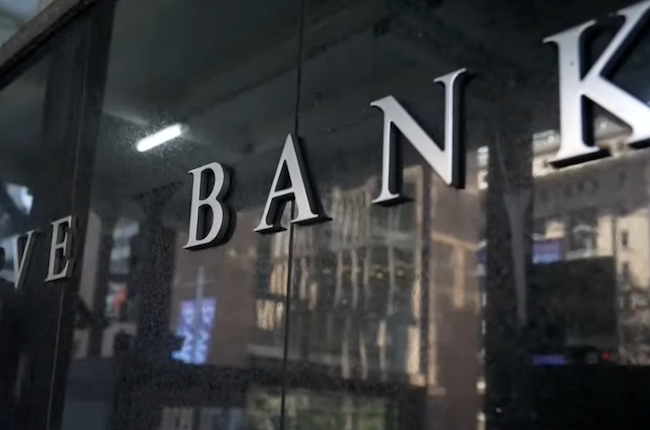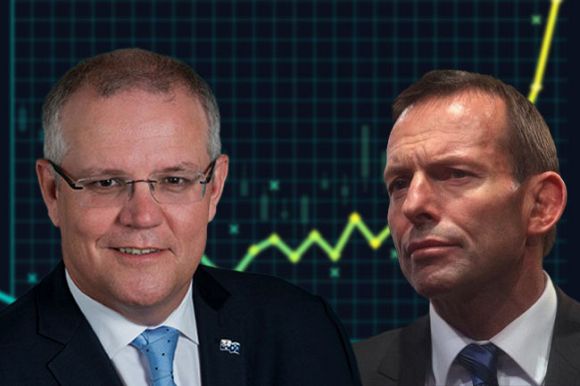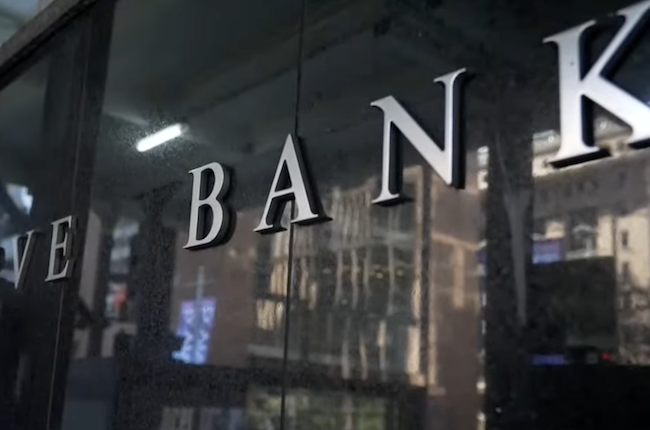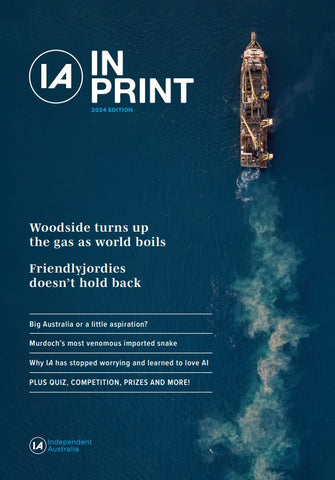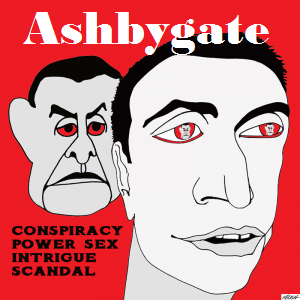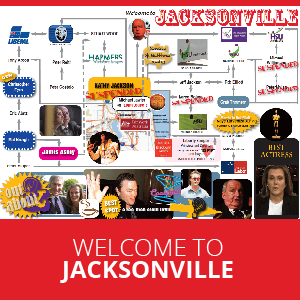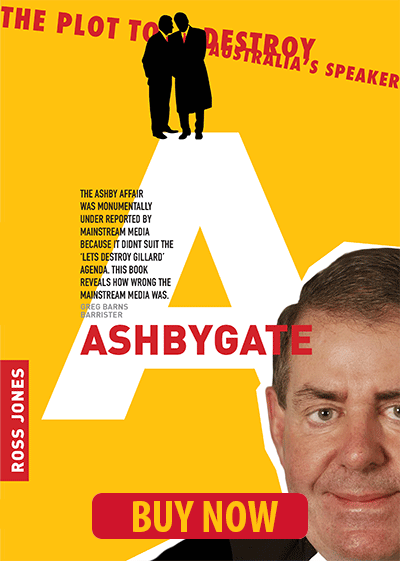The persistence of high interest rates is slowing growth — even the RBA admits the current cash rate is tight. Stephen Koukoulas reports.
THE RBA MONETARY Policy Board meets on 3 and 4 November, where it will consider the updated forecasts for economic growth, inflation and the labour market. These will be published in the Statement on Monetary Policy that will accompany the interest rate decision.
In simple terms, if those forecasts and assessments of the risks surrounding those forecasts are reasonable, a further interest rate cut – the fourth in the current cycle – will be delivered, and a fifth one will be factored into the outlook.
There are many reasons, with different degrees of importance, behind the interest rate-cutting scenario that the MPB will consider.
Most important at the moment is the unemployment rate. At 4.5% in September, it has risen by a total of 1.1 percentage points from the 2022 low point and from 4% at the end of 2024.
It has been clear for some time that the private sector is not growing at a pace sufficient to generate the level of job creation to keep the labour market near full employment, which is alongside the inflation rate as part of the RBA mandate.
The data are clear — the labour market is deteriorating.
Job vacancies and advertisements are a hefty 30 to 35% below their peak levels. Demand for workers has fallen appreciably.
Wage growth, the most reliable tell-tale sign of whether the economy is creating enough jobs and operating at or near full employment, has slowed over the past year from a peak of 4.3% to the current 3.4%.
If the SEEK salary data are a good guide, which they usually are, wage growth is set to ease over the remainder of 2025 and hover around 3-3.25%.
This pace is consistent with inflation travelling below the mid-point of the RBA 2-3% target band.
The reason for this sub-optimal rate of growth is the persistence of high interest rates. That is evident with the RBA overhiking rates in 2023 to a peak of 4.35% and then being slow to reduce them in 2024 and 2025 as inflation cascaded back to target and the labour market started to weaken.
As things stand, even the RBA acknowledges that the current 3.6% official cash rate is “tight”.
In other words, it is at a level that biases economic and employment growth lower. It has been three years since the cash rate set by the RBA has been above 3%, a rate that is considered to be broadly neutral – low enough to encourage private sector spending and investment, but high enough to stop exuberant economic activity that sees inflation rise at an uncomfortable pace.
The other plank of the RBA deliberations will be the September quarter consumer price index scheduled for release on 29 October. While there is always the risk of a data "shock", as things stand, the RBA is likely to be comforted by the fact that inflation remains on target.
Indeed, at 2.7 or 2.8%, the annual trimmed mean inflation rate will have some residual effect from the unwinding of the retail electricity subsidies and increases in excise on tobacco, petrol and alcohol. In other words, it is above the mid-point of the target band because of residual price pressures coming from government policies.
The RBA knows this and is likely to explain why it is of the view that underlying inflation pressures remain well in check, particularly with softer labour market conditions and the less-than-robust expansion in the private sector.
In other words, its updated inflation forecasts are set to centre at 2.5% for 2026 and 2027, with a 3.1% cash rate incorporated into these estimates.
An interest rate cut is likely to help support confidence, household and business cash flows and will lower the hurdle for new investment. These are the fundamental issues driving the strength, or otherwise, in the labour market.
Further interest rate reductions are also likely to positively impact business confidence and consumer sentiment, which, so far in the rate-cutting cycle, have been less than robust and as a result, a roadblock to a full and sustained economic pick-up.
Another good thing about interest rate changes, which help to manage the ups and downs of the business cycle, is that they are easy to implement – it is just an announcement from the RBA – and they can be added to or reversed, even, as fresh news on the economy comes through.
For now, lower interest rates are needed. It is as simple as that.
Stephen Koukoulas is one of Australia’s most respected economists, a past chief economist of Citibank and senior economic advisor to an Australian Prime Minister. You can follow Stephen on Twitter/X @TheKouk.
 This work is licensed under a Creative Commons Attribution-NonCommercial-NoDerivs 3.0 Australia License
This work is licensed under a Creative Commons Attribution-NonCommercial-NoDerivs 3.0 Australia License
Support independent journalism Subscribe to IA.

Related Articles
- Interest rate cuts could quietly rescue the Federal Budget
- The RBA says one thing, its pictures and graphs say another
- CARTOONS: Mark David takes a hike
- CARTOONS: Interest rate rises — it's just not cricket
- CARTOONS: The RBA refuses to choke!


